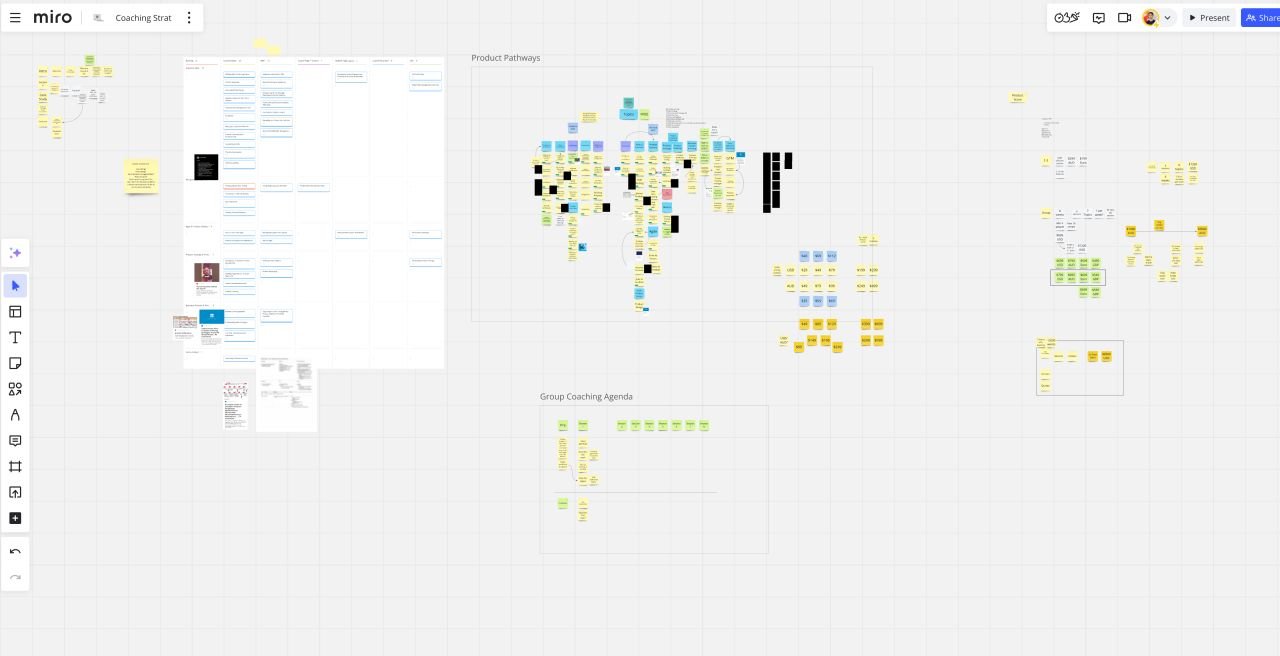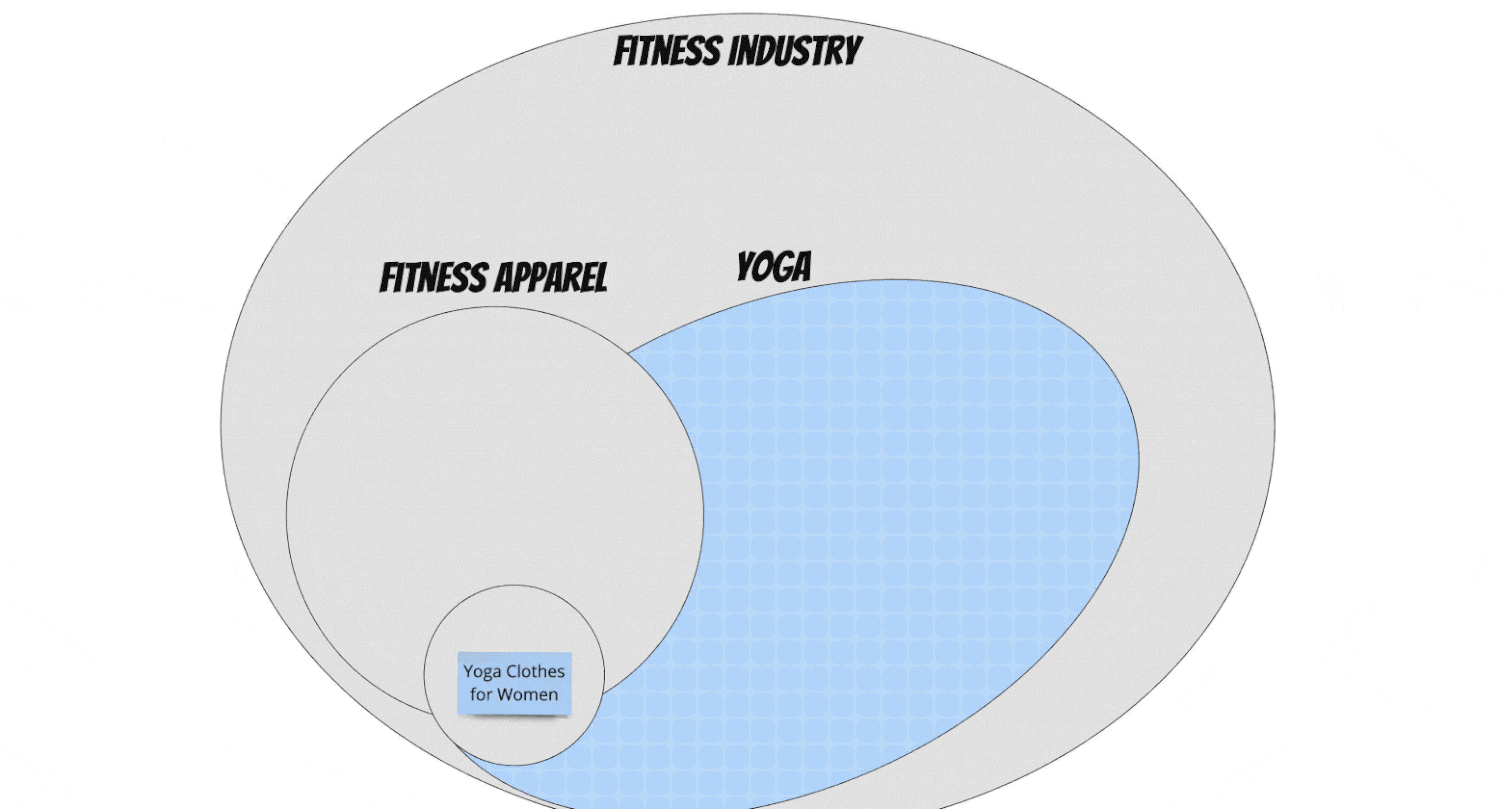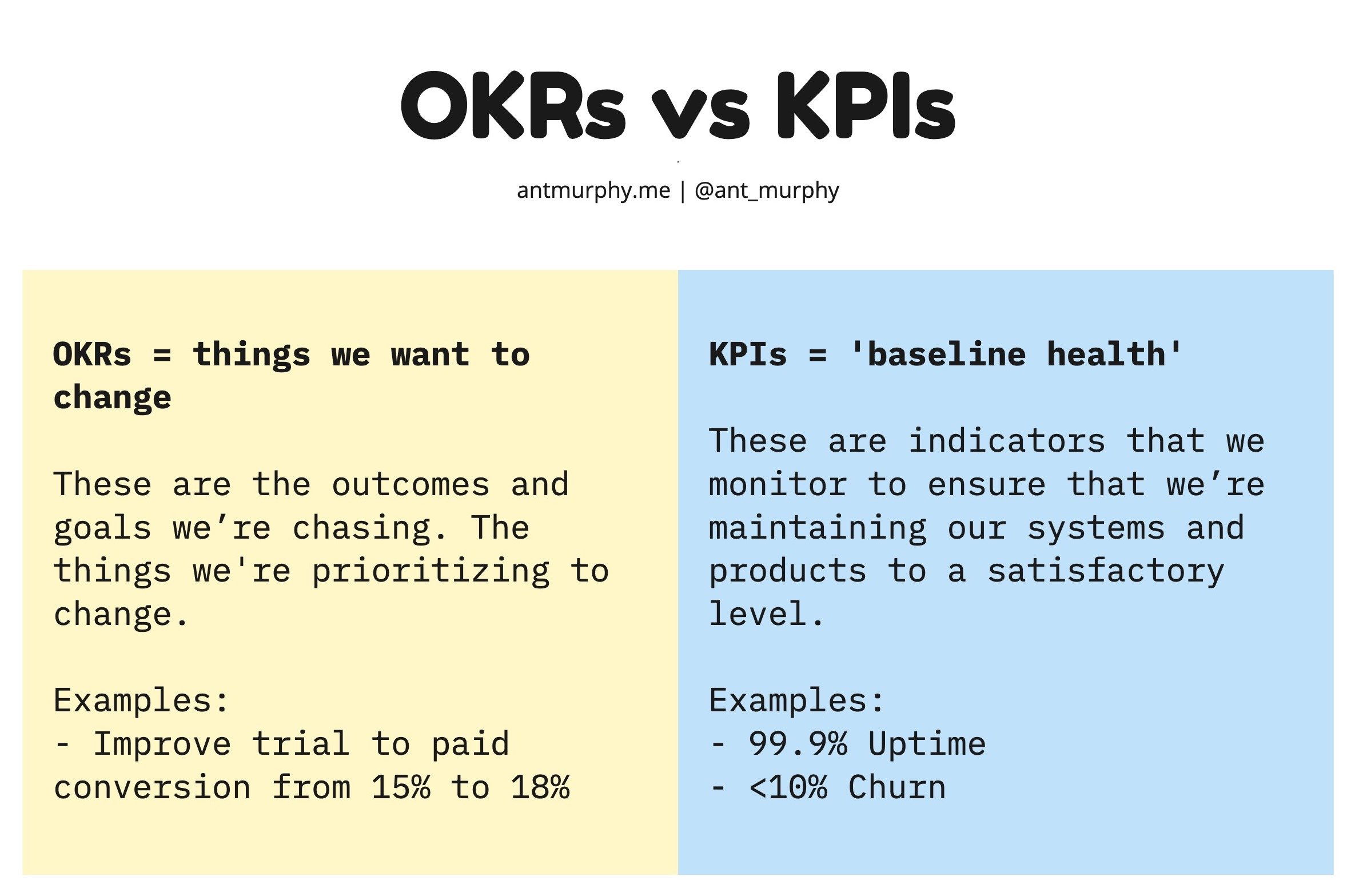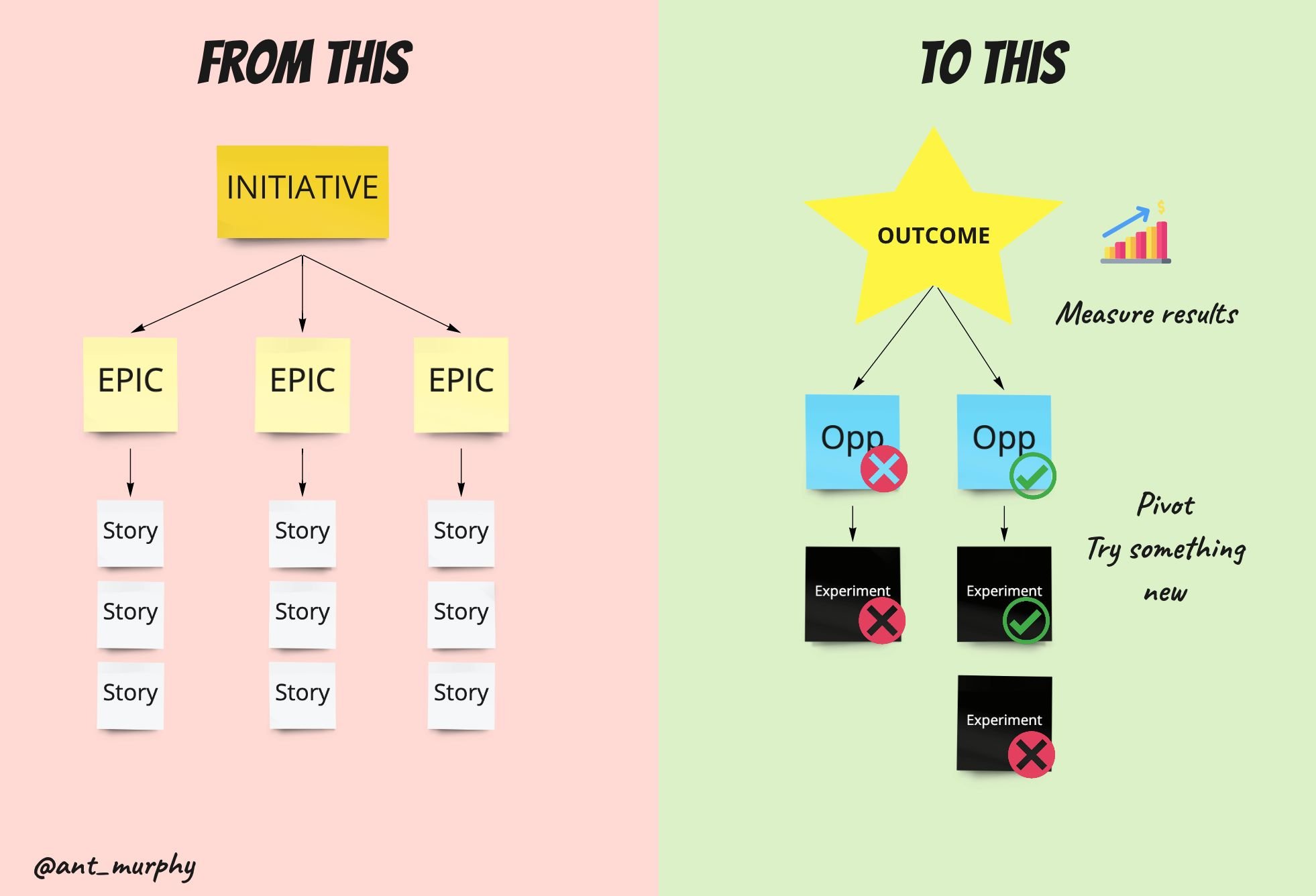Helping Founders and Product People build better products.
Join 11,000+ product people improving their craft for FREE every week with real advice from the trenches on building better Products, Businesses and Leadership.
Read previous posts of ‘The PBL Newsletter’
'Bring it back to the problem'
One of the worst advice I got when I was starting my product career was to "prioritize based on value"
Whilst this sounds nice and of course isn't wrong, per se.
The problem is that 'value' is ambiguous.
But as Jeff Gothelf says:
“Value” is the most ambiguous word in business.
Escape OKR Theatre
“9 Ways to Improve your OKRs”
Over the last couple of weeks I’ve gotten a lot of questions about OKRs (Objectives and Key Results), including one yesterday whilst writing this post… honestly if this was published I could have just sent them the link.
So let’s avoid another call. In this post I want to equip you with the different hallmarks I look for in effective OKRs so you can self-diagnose and hopefully escape OKR theatre!
Let’s get into them
Product Strategy Should be Messy
Coming up with a product strategy should be messy.
It's not some clean fill in the box activity.
Instead it's often big messy Miro boards, multiple white boarding sessions, synthesising loads of data, and documents plastered with comments.
And a lot of back-and-forth.
It's important to not mistake a neat Product Strategy document at the end as the thing.
Empowerment & Constraints
I don’t like using the term “empowered” because it’s ambiguous.
Empowered to do what?
Are you empowered to expand your product internationally
Empowered to build a whole new business within your current org?
Build a new brand under a parent company?
Of course, empowerment doesn’t mean “do whatever you like” but therein lies the question:
What exactly are you empowered to do?
Effective Ways to Build Your Product Sense
“Deciding to invest in your Product sense is among the highest ROI decisions you’ll make in your career.” - Shreyas Doshi
I want to do two things in this post:
1) Give you actionable ways to build product sense.
2) Explain what the hell Product Sparring is and how product leaders can use it to build product sense in their teams.
OKRs ≠ Strategy
Your OKRs don’t live in a vacuum.
Yet this is exactly how I see many organizations treat their OKRs.
They jump on the bandwagon and create OKRs void of any context.
Here’s what I see all the time…
Long Backlogs and Unmeasurable Work
From my experience, there are two common reasons why I see product backlogs become long and unmanageable.
A lack of strategy and, therefore, backlogs become a dumping ground for any and every idea.
Working big, breaking down big solutions, rather than breaking down the outcome (refer to my last post)
The Process of Building a Great Product Strategy
Quick one from me this week. Instead of a typical post I thought I’d share some of the stuff I’ve been busy with like last week’s Webinar
5 Different PLG Pricing and Monetization Strategies
There are several different ways to price and monetize your PLG products. The most common are free trials and the freemium model, but you also have reverse trials, sandboxes, and proxies.
When Did You Last Remove a Feature?
80% of features are never or rarely used. The best Product Companies known this which is why last year, Spotify announced it would be sunsetting Spotify Live, Medium sunset their Profiles and Themes, and Airbnb has hit paused on Experiences to focus on their core offering.
The Adjacent Growth Strategy
Expansion can really come from only 1 of 4 places: 1)Growing your existing product in your current market. 2) Expanding your current product into new markets. 3) Creating new products for your current market, and 4) Creating new products for a new market
‘Niching’ Down
We’ve all heard the saying, “if you try to please everyone, you please no one.” This is especially true for startups and new products. Focus and being able to find a niche can be a huge unlock for products.
OKRs vs KPIs: What’s the Difference?
KPIs = measures of health. OKRs = things we want to change.
Ditch Epics & User Stories and Focus on Outcomes
When I've helped organisations become more outcome/product orientated, more often than not, I've moved them away from 'epics' and 'user stories' and towards things like one-pagers, opportunities, hypotheses, etc. Why? Because they’re are better tools for facilitating outcome thinking and experimentation.
4 Types of ‘Moats’ to Make Your Product/Business Bulletproof!
You might have heard of them. Often attributed to Warren Buffett, who is believed to have coined the term 'moat'. A moat is the ability for a product or company to maintain a competitive advantage and fend off competition to maintain profitability into the future.
Strategy and Tactics are not mutually exclusive things
Did you know that the top-performing CEOs in Fortune 500 companies spend significantly more time thinking strategically and long-term?
If unbalanced, you often see a high-level strategy but nothing connecting it to the day-to-day work.
How to Find the Ideal Product Positioning with Perceptual Mapping
Perceptual Mapping is perhaps one of my favourite competitive analysis and Product Positioning tools. Product positioning as defining where your product fits in the market relative to its competitors as it is perceived by your customers.
A Product Strategy is NOT a Vision and Roadmap
You have a Strategy and a Roadmap. They’re two different things. Often I hear that roadmaps are part of your strategy layer. I’ve for many years struggled with this notion. Rather to me, they are a translation layer that sits between your strategy and your day to…
Prioritization is about Confidence, not Value
“Defining value: the most ambiguous word in product development” was the title of a post by Jeff Gothelf at the beginning of last year. If there was the battle for the most ambiguous term in product I’d have ‘value’ take second place to ‘MVP’ but as far as single words go, ‘value’ takes the podium.


















